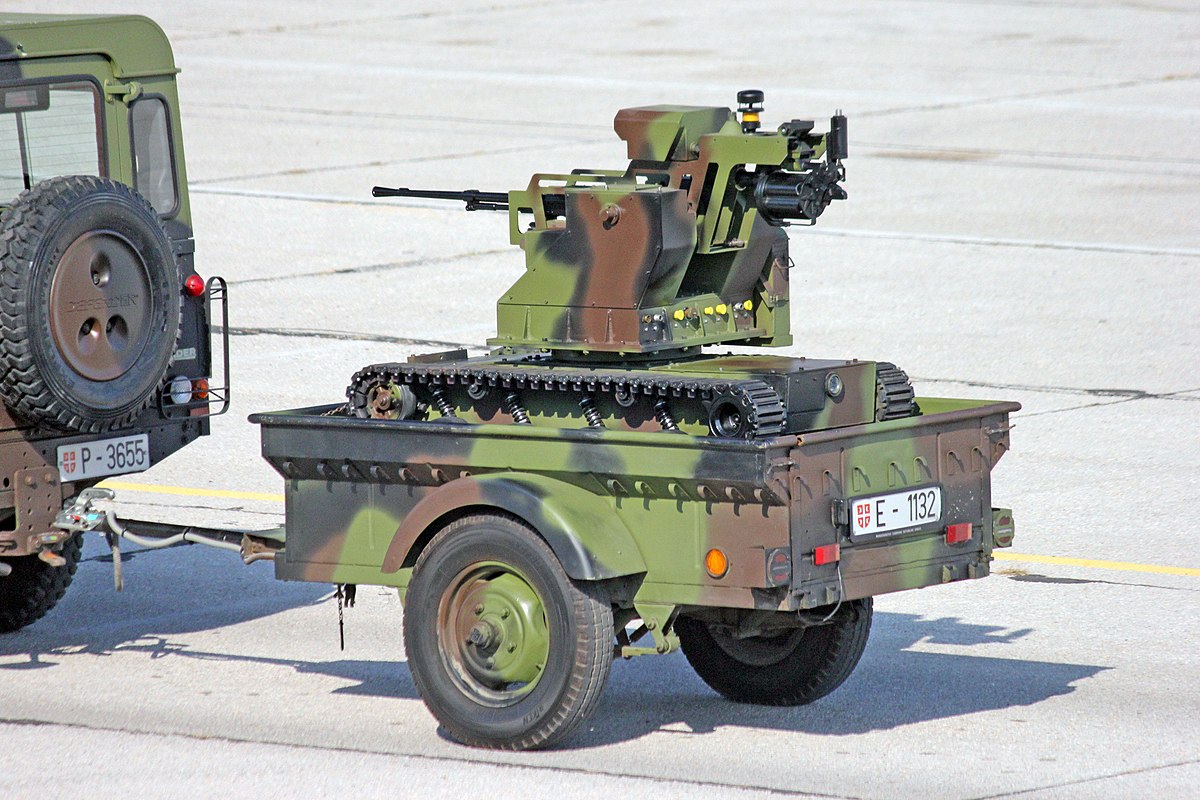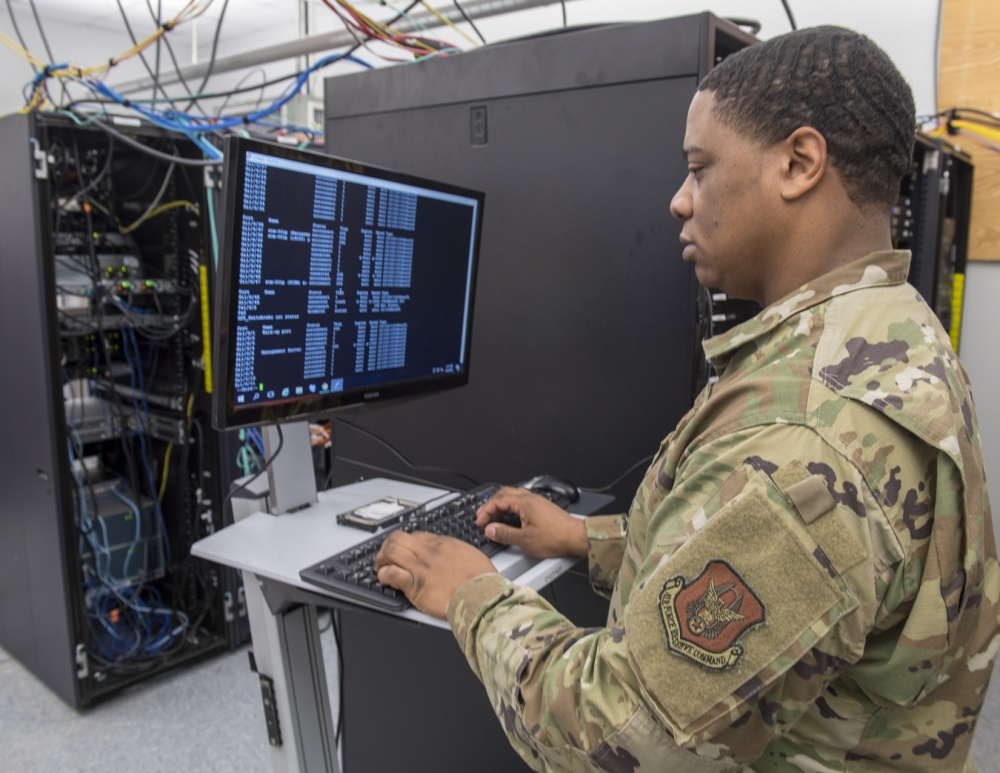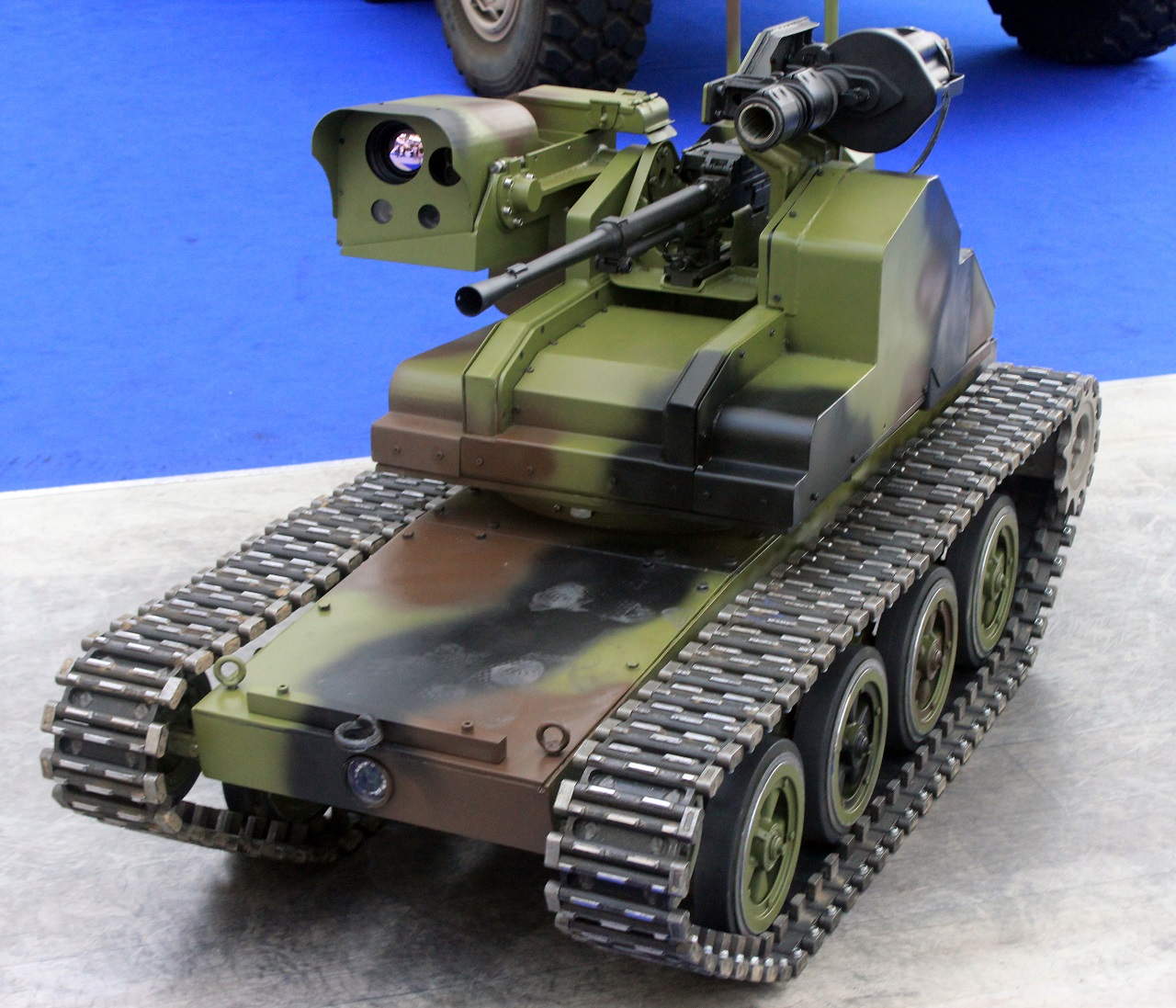
Unmanned Ground Vehicles (UGVs) are rapidly emerging as crucial components in defense systems, revolutionizing military operations. This article explores the expanding role of UGVs, encompassing their applications in the military, remote-controlled robot functionality, autonomous ground mobility techniques, UGV surveillance systems, and the design and potential uses of modular UGV platforms.
Through an objective and analytical lens, this article aims to provide a detailed and informative overview of these silent guardians that are transforming the landscape of defense.
Key Takeaways
- UGVs have various military applications including reconnaissance, surveillance, explosive ordnance disposal, logistics support, and combat operations support.
- UGVs are capable of controlling and manipulating movements and actions, allowing them to execute missions without risking human lives.
- Autonomous ground mobility techniques have revolutionized UGV navigation, allowing for obstacle detection and avoidance, real-time data analysis, and autonomous operation in diverse environments.
- UGV surveillance systems use advanced technologies such as sensor integration, data fusion, and autonomous behavior to enhance situational awareness and information gathering in defense operations.
Military Applications of UGVs
Military applications of unmanned ground vehicles (UGVs) encompass a wide range of tasks. These tasks include reconnaissance, surveillance, explosive ordnance disposal (EOD), logistics support, and combat operations support.
UGVs have revolutionized battlefield advancements by providing enhanced situational awareness and reducing the risk to human personnel. These vehicles are equipped with advanced sensors and cameras that enable them to gather real-time information about the enemy's positions, terrain conditions, and potential threats.
UGV reconnaissance capabilities allow them to navigate through challenging terrains such as dense forests or urban areas where traditional manned vehicles may struggle. They can also be deployed in dangerous environments to detect and neutralize improvised explosive devices (IEDs) or other hazardous materials.
Additionally, UGVs provide logistical support by autonomously transporting supplies and equipment to troops on the frontlines. This frees up human resources for more critical missions.
Overall, UGVs play an essential role in modern warfare by augmenting military capabilities and ensuring the safety of personnel in various operational scenarios.

Functionality of Remote-Controlled Robots
The functionality of remote-controlled robots involves the ability to control and manipulate their movements, actions, and tasks from a distance. This capability has become increasingly important in military applications, as it allows operators to execute missions without putting human lives at risk.
However, there are challenges associated with teleoperation, such as latency and limited situational awareness. To address these issues, advancements have been made in remote-controlled robot technology.
For instance, haptic feedback systems provide operators with tactile information about the environment, enhancing their situational awareness. Additionally, improvements in communication technology have reduced latency, enabling more precise control of the robots.
These advancements have resulted in greater operational efficiency and effectiveness for military forces utilizing remote-controlled robots in various roles such as reconnaissance, explosive ordnance disposal (EOD), and combat support.
Autonomous Ground Mobility Techniques
Advancements in autonomous ground mobility techniques have revolutionized the way robots navigate and move without human control. The integration of artificial intelligence (AI) has played a crucial role in enhancing the capabilities of unmanned ground vehicles (UGVs), enabling them to perform complex tasks independently.
One significant aspect of autonomous mobility is obstacle detection and avoidance. UGVs are equipped with sensors that can detect various obstacles such as walls, trees, or other vehicles in their path. These sensors provide real-time data to the AI algorithms, allowing UGVs to make instantaneous decisions on how to maneuver around obstacles safely and efficiently.
AI algorithms analyze the sensor data to determine the best course of action while considering factors like distance, speed, and potential collision risks. By incorporating these advanced techniques, UGVs can operate autonomously in diverse environments and contribute significantly to defense operations.
UGV Surveillance Systems

UGV surveillance systems incorporate advanced technologies to enhance their capabilities for detecting and monitoring various environments. These systems have seen significant advancements in recent years, allowing them to provide valuable intelligence and situational awareness in defense operations.
Some key features of UGV surveillance capabilities include:
Sensor Integration: UGVs are equipped with a range of sensors, such as cameras, radar, lidar, and thermal imaging devices. This integration allows them to collect data from different sources simultaneously, enabling comprehensive surveillance coverage.
Data Fusion: UGVs utilize sophisticated algorithms and software to process and analyze the collected data. By fusing information from multiple sensors, they can generate accurate and real-time situational awareness reports.
Autonomous Behavior: Modern UGVs possess autonomous capabilities that enable them to navigate complex terrains without human intervention. This autonomy enhances their surveillance efficiency by allowing them to move swiftly and adaptively across various environments.
These UGV surveillance advancements have revolutionized the way defense forces gather information on potential threats, making them an indispensable asset in modern military operations.
One important aspect to consider when discussing the design and uses of modular UGV platforms is their adaptability to various mission requirements. Modular UGV platforms are designed to be versatile and capable of performing multiple tasks in different terrains. These platforms offer a wide range of multi-purpose applications, making them valuable assets in defense operations.

The adaptability of modular UGV platforms allows them to navigate through challenging terrains such as rough landscapes or urban environments with ease. They can be equipped with different modules and payloads based on the specific mission requirements, enabling them to perform tasks such as reconnaissance, surveillance, transportation of supplies, or even weapon deployment.
To showcase the potential uses and capabilities of modular UGV platforms, a 2 column and 3 row table is provided below:
| Application |
Terrain Adaptability |
| Reconnaissance |
Rough landscapes |
| Surveillance |
Urban environments |
| Supply transportation |
Mountainous regions |
This table highlights the versatility and adaptability of modular UGV platforms in meeting diverse mission objectives across various terrain types. By utilizing these unmanned systems, defense forces can enhance their operational effectiveness while minimizing risks to human personnel.
Frequently Asked Questions
How do UGVs contribute to military operations beyond combat applications?
UGVs contribute to military operations beyond combat applications by providing logistics support and aiding in disaster response. They enhance efficiency in transporting supplies and equipment, as well as assisting in search and rescue missions during natural disasters.
What are the limitations of remote-controlled robots in military settings?
Communication issues and human operator fatigue are key limitations of remote-controlled robots in military settings. These issues can hinder real-time decision-making and compromise mission success. Addressing these limitations is crucial for enhancing the effectiveness of such robots in military operations.
Improved navigation and terrain adaptation are key features of autonomous ground mobility techniques, enhancing UGV performance in challenging terrains. These techniques allow UGVs to navigate complex environments, adapt to changing conditions, and overcome obstacles with greater efficiency and accuracy.
Can UGV surveillance systems be used for civilian applications as well?
UGV surveillance systems have the potential for civilian applications beyond military settings. They can be integrated with remote-controlled robots and autonomous ground mobility techniques to enhance surveillance in challenging terrains. Additionally, modular UGV platforms offer versatility for defense and civilian applications.

Non-military applications of modular UGV platforms offer innovative design possibilities for civilian use cases. These platforms can be utilized in various industries, such as agriculture, construction, and transportation, enabling improved efficiency, safety, and automation in these sectors.
 GadgetsProduct ReviewsSmart DevicesDronesVirtual DevicesPrivacy PolicyTerms And Conditions
GadgetsProduct ReviewsSmart DevicesDronesVirtual DevicesPrivacy PolicyTerms And Conditions
